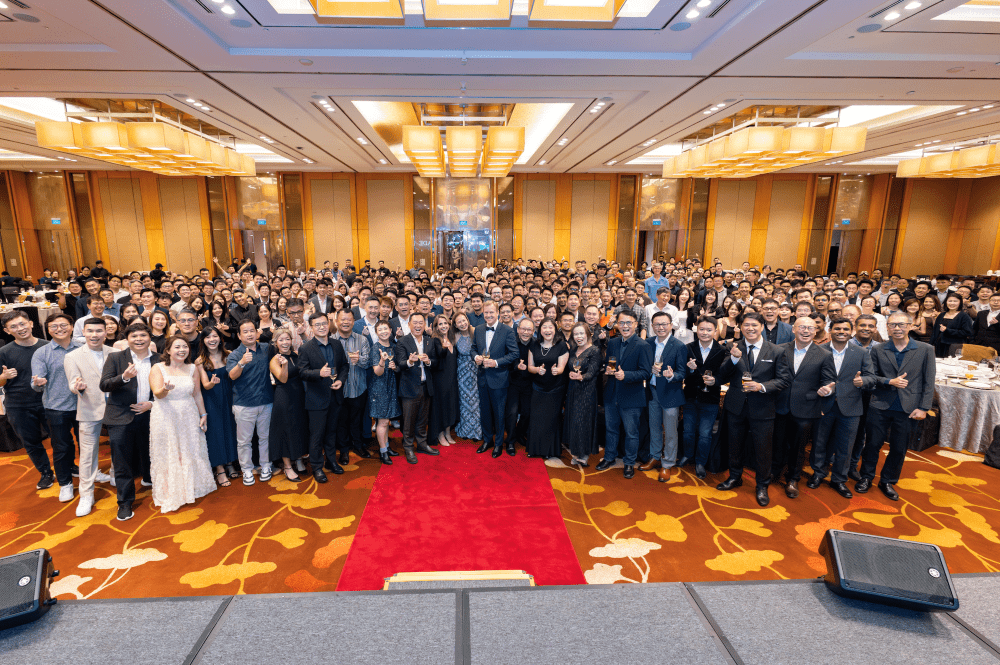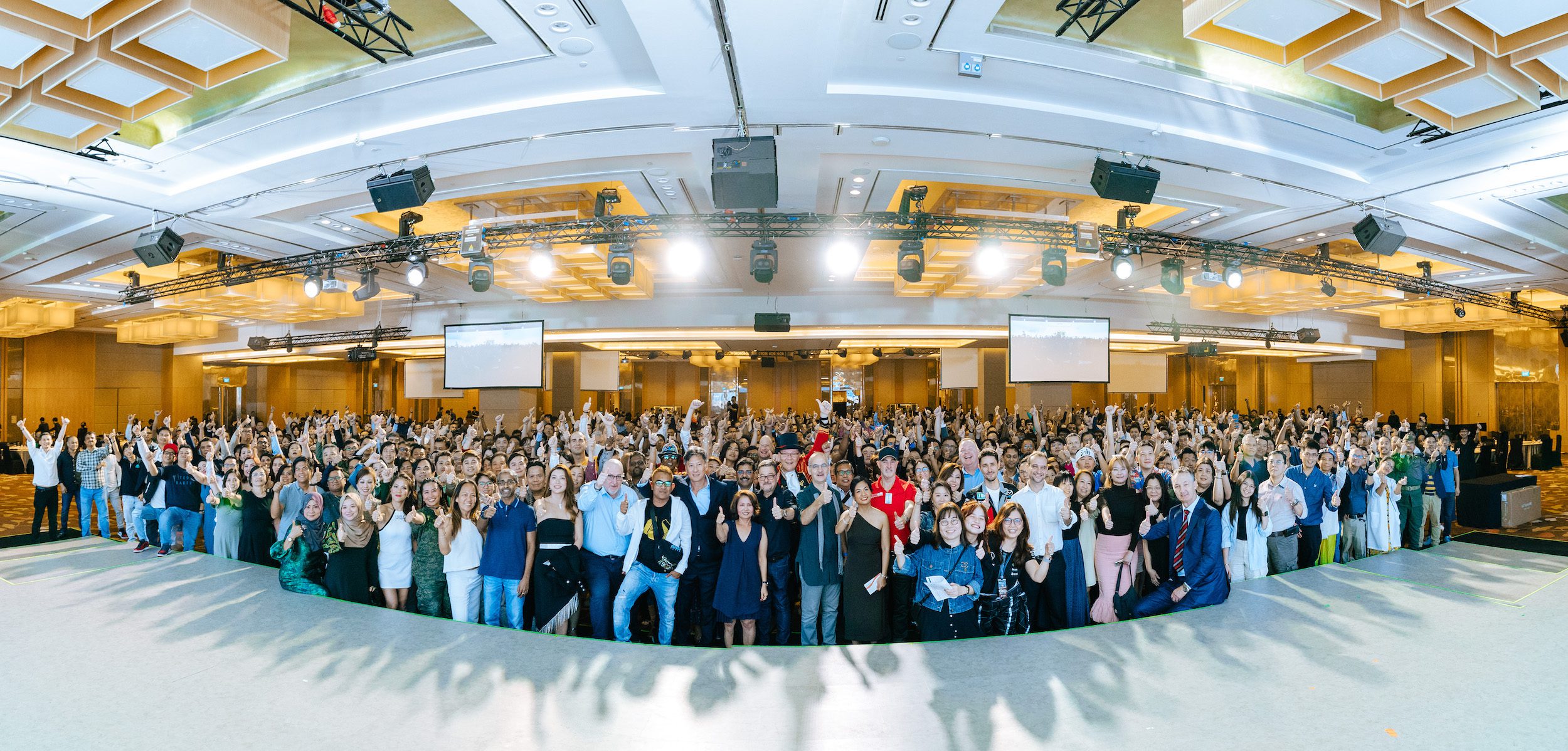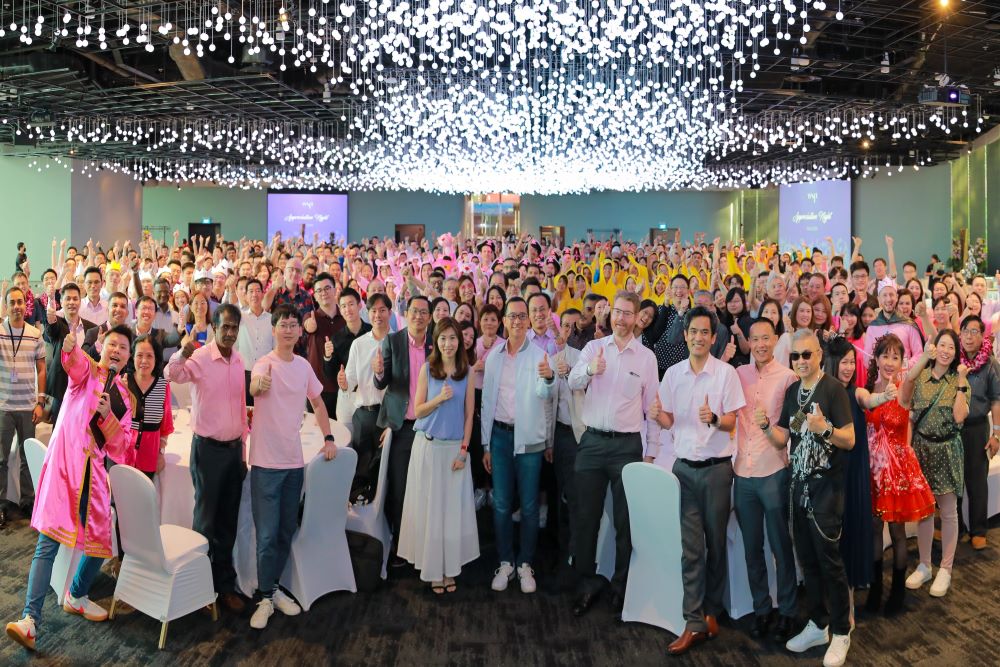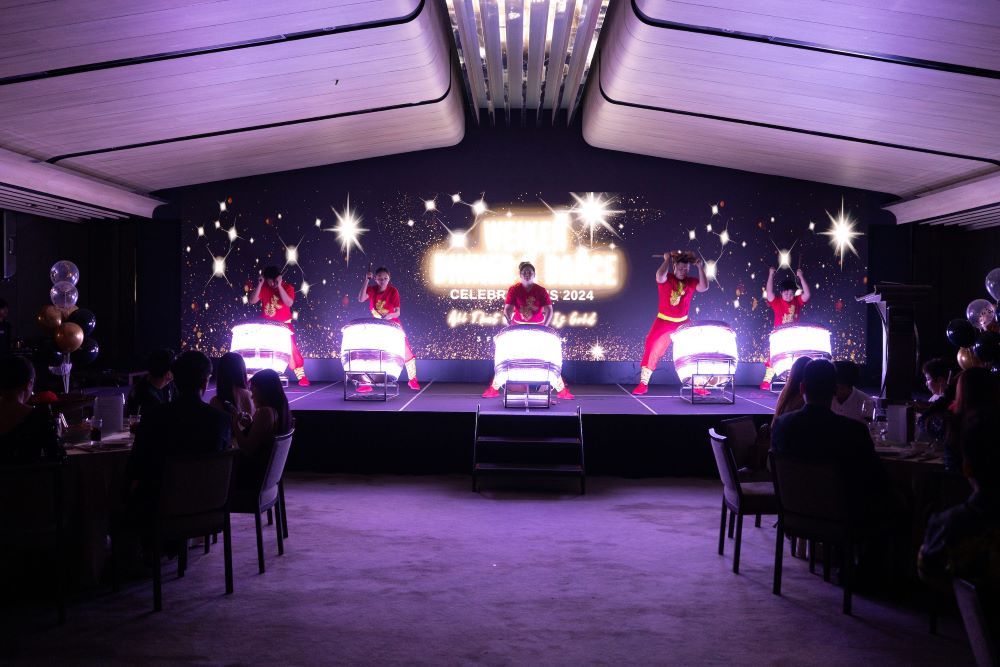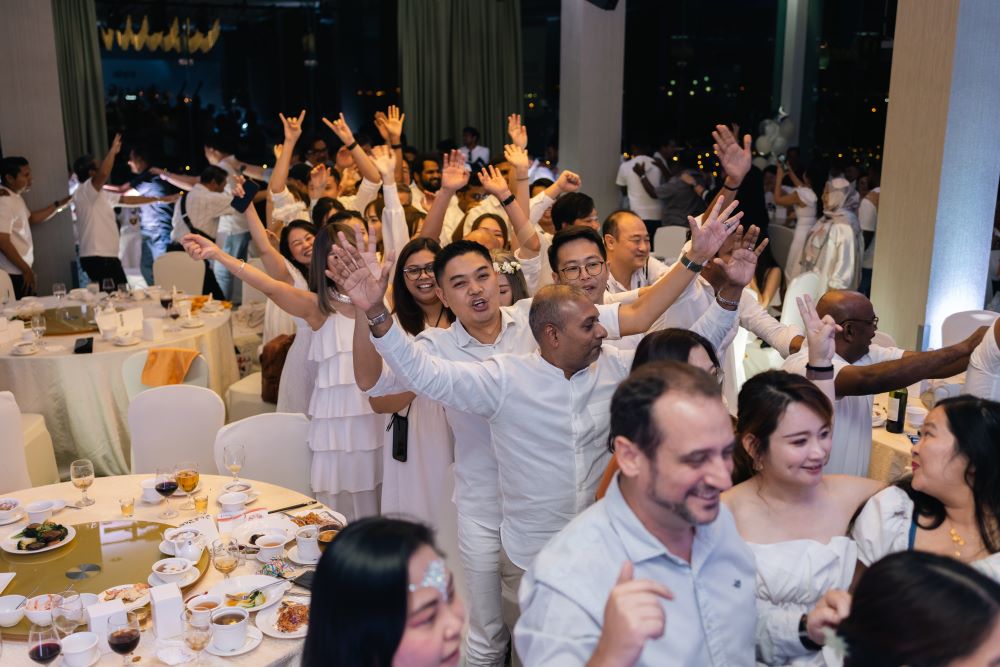Why Employees Enjoy Company Dinners and Staff Parties—and How to Keep the Enjoyment Going
Company dinners and staff parties are more than just casual get-togethers. They play a crucial role in fostering a sense of belonging, recognition, and motivation among employees. In the fast-paced world of corporate life, these events provide a much-needed break from the usual routine while building camaraderie within teams. Understanding why employees enjoy these gatherings and how to keep the enjoyment alive is key to maximizing their benefits and ensuring continued engagement.
Why Employees Enjoy Company Dinners and Staff Parties
1. A Chance to Unwind and Socialize
One of the most enjoyable aspects of company dinners and staff parties is the opportunity to unwind outside the formal work setting. Employees can relax, have fun, and engage in conversations that aren’t strictly about work tasks or deadlines. These social interactions allow colleagues to get to know each other on a personal level, strengthening their interpersonal relationships. For many employees, these moments help break down barriers, foster friendships, and create a more cohesive work environment.
2. Recognition and Celebration of Achievements
Company dinners and parties are often designed to celebrate milestones, whether it’s completing a successful project, reaching company goals, or recognizing individual achievements. Employees appreciate being acknowledged for their hard work, and these events give management a platform to publicly recognize their contributions. Recognition boosts morale and encourages a culture of appreciation, where employees feel valued and motivated to continue delivering their best.
3. Team Bonding and Improved Workplace Culture
Staff parties offer a unique environment for team bonding. Sharing a meal or dancing together creates memories that last beyond the event itself. These moments of collective enjoyment help build stronger teams, leading to better collaboration and communication in the workplace. As employees bond in an informal setting, they carry that rapport into their daily work interactions, leading to improved workplace culture.
4. A Break from Routine
Monotony can drain an employee’s enthusiasm over time, but company dinners and parties provide a welcome break from the usual work grind. These events allow employees to recharge, resetting their minds for better productivity. The excitement of a party or the enjoyment of a meal with colleagues serves as a mental refresher, helping employees return to work with renewed energy and focus.
5. Opportunities for Networking and Building Connections
While many company dinners include team members employees already know well, these events can also provide opportunities to network with other departments or leadership. These interactions can open up career opportunities, encourage mentorships, or simply give employees a better sense of the organization as a whole. Employees value the chance to make these connections, which could otherwise be difficult to cultivate in a regular work setting.
6. Feeling of Inclusivity and Belonging
Company dinners and staff parties often foster a sense of belonging. Employees feel like part of a bigger whole, not just a cog in the corporate machine. When management includes everyone and encourages participation, it reinforces the idea that each employee plays a vital role in the organization’s success. This feeling of inclusivity contributes to higher job satisfaction, reducing turnover and enhancing loyalty to the company.
7. Fun and Entertainment
Let’s not forget the simple enjoyment factor—staff parties are fun! Whether it’s live music, games, a themed party, or entertainment acts, employees appreciate events that offer a chance to relax and have a good time. The entertainment aspect injects an element of joy and excitement into the workplace, leaving lasting positive memories.
How to Keep the Enjoyment Going
While company dinners and staff parties can be a highlight of the year for employees, maintaining the enthusiasm and enjoyment over time requires thoughtful planning and attention to detail. Below are strategies to ensure these events remain a source of joy and fulfillment:
1. Diverse and Inclusive Events
Not all employees have the same tastes or interests, so it’s important to offer variety in the types of events held. Some might prefer a formal dinner, while others enjoy more casual or activity-based gatherings. Consider offering different types of experiences throughout the year, from formal galas to team-building activities, to ensure everyone feels included and has something to look forward to.
2. Tailor Events to Your Company Culture
To keep the excitement alive, tailor the event to your company’s culture and values. If your company has a laid-back and creative vibe, opt for a themed costume party or casual outdoor barbecue. If your organization is more traditional, a formal dinner at a high-end venue might be more appropriate. When employees feel that the event reflects their workplace identity, they are more likely to connect with it and enjoy the experience.
3. Recognize and Reward Employees
Keep the element of recognition at the forefront of company events. Regularly incorporating awards, shout-outs, or gifts during dinners and parties ensures employees feel appreciated. You could introduce fun awards like “Most Helpful Colleague” or “Best Team Player,” or simply acknowledge the contributions of individuals or teams who have gone above and beyond. Recognition, whether big or small, fuels employee engagement.
4. Interactive and Engaging Entertainment
The quality of the entertainment can make or break an event. Ensure the entertainment or activities you choose are engaging, fun, and suited to your employees’ preferences. For instance, some may love karaoke or a live band, while others might prefer a more interactive element like a trivia contest or a team-based game. Keeping the entertainment interactive encourages employees to participate actively rather than simply observing from the sidelines.
5. Personalized Touches and Thoughtful Details
Small, thoughtful details can make a big difference. Personalized name cards, custom gifts, or a menu that reflects the diverse tastes of your employees show that you’ve gone the extra mile in planning the event. Employees appreciate when events are curated with care, making them feel like they are not just part of a large, generic gathering but a personalized experience made with their enjoyment in mind.
6. Offer Options to Accommodate Everyone
Some employees might not enjoy loud parties, or they may have dietary restrictions or physical limitations. Be mindful of these differences and provide options for everyone to participate comfortably. For example, if the event has a dance floor, consider also offering quieter spaces where employees can chat or relax. Similarly, ensure that food and drink options accommodate various preferences, including vegetarian, vegan, and halal choices.
7. Balance Fun with Professionalism
While it’s important for employees to have fun, events should also maintain a level of professionalism. This balance ensures that employees feel comfortable and that the event maintains its purpose as a company function. Consider setting clear expectations about behavior while still allowing employees to let loose and enjoy themselves in a respectful, appropriate manner.
8. Follow-Up Post-Event
Keep the momentum going after the event with a follow-up. Whether it’s through sharing event photos, sending thank-you messages, or gathering feedback through a survey, following up keeps the positive feelings alive. Post-event engagement allows employees to reflect on the event, share their thoughts, and stay connected with their colleagues.
9. Create Anticipation for Future Events
Creating excitement about the next event ensures employees remain enthusiastic throughout the year. Tease upcoming parties or dinners with fun promotional materials, hints about the theme, or early announcements about entertainment. This anticipation builds excitement and ensures that employees have something to look forward to, helping maintain positive energy in the workplace.
Conclusion
Company dinners and staff parties provide much more than an opportunity for a night out. They offer meaningful benefits, from boosting morale and encouraging team bonding to celebrating achievements and fostering a sense of belonging. To keep employees engaged and ensure these events remain enjoyable, companies must focus on diversity, inclusivity, thoughtful planning, and personalized touches. By continually evolving and tailoring these experiences, you’ll create a culture of appreciation, excitement, and unity that resonates long after the party ends.
To head back to read another article in our blog, click here.
